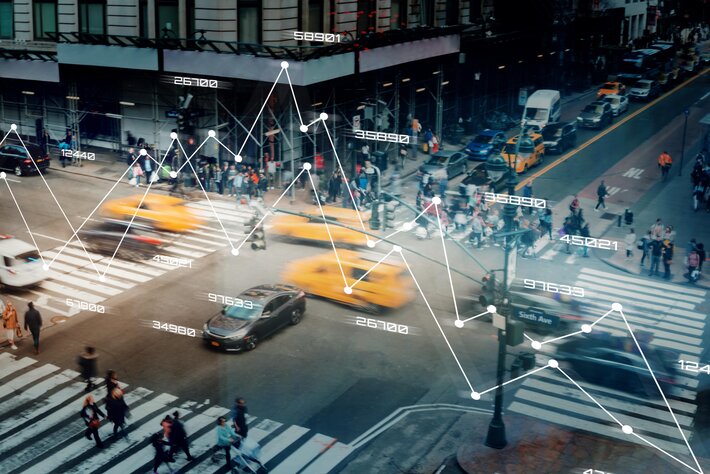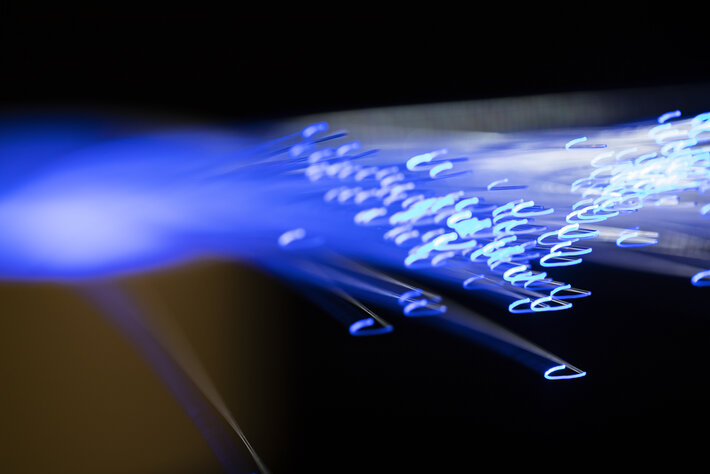What are the three biggest vertical markets for IoT applications? The answer may surprise you.
In 2023, the biggest vertical markets for IoT applications were not smart homes or factories. They were transportation and storage (29% of total revenues), retail and wholesale (28.2%) and utilities (electric, gas, steam, making up 20.7%.). The numbers come from Statista. The surprise is that nearly half the demand for IoT relates to assets that may not be conveniently placed in fixed locations in cities and suburbs. They may be on the highway. They may be in warehouses and distribution centres built in what used to be farmers’ fields. They may run through forests, mountains and plains.
Assets like these require a sophisticated mix of technologies to stay connected and deliver their critical data. The business case demands satellite connectivity and technologies that meet very specific requirements for IoT use cases.
These IoT assets must also be multi-mode, capable of switching seamlessly between ground-based cellular networks where available and satellite networks when out of range of cellular. This provides the best trade-off between cost and availability. The trade-off improves when satellite and cellular are integrated into a single chipset. It makes the hardware more cost-effective and improves network functionality in the critical hand-offs between the services.
IoT assets must economically transmit intermittent, short-burst data. The continuous, high-bandwidth service provided by most satellite networks is a poor fit, with far more capacity than applications require.
The devices must be rugged, low-maintenance and have a long battery life or run on solar power, because many of the high-value applications for IoT involve assets without local power supply. They must also be low in cost, because serious IoT applications require edge devices in large numbers.
Where are my trailers?
What does this list of connectivity and technology requirements mean in practise? The transportation market offers a perfect example. On any given day, more than 16 million trucks are on the road in North America, including nearly 4 million tractor-trailer big rigs. Tracking and monitoring all the assets in motion is one of the biggest challenges facing logistics companies, whose trucks and trailers can spend long periods beyond the reach of cellular. With an average of 2 to 3 trailers for every tractor, carriers waste time and money walking their yards looking for available trailers, calling customers to see if they are detaining trailers and searching for lost trailers. More money is wasted on leasing extra trailers to ensure on-time delivery. It adds up to millions of dollars of extra cost or lost revenue for even a medium-size carrier.
A low-cost IoT transmitter placed on each trailer can have a transformative impact. Each transmitter makes periodic cellular calls or sends short bursts of data reporting on its GPS location. Because it is solar powered, it delivers years of use with little maintenance and has enough onboard intelligence to report on battery level and confirm that it remains attached. The data populates a digital map application that trucking companies use to track the location of their assets. For one company managing hundreds of trailers, better information led the company to realise it did not need 100 trailers it was renting or a new order for 40 more. Total savings exceeded $2 million.
How are my tanks?
Fluid-filled tanks are part of the world’s infrastructure that usually goes unnoticed – but they are critical to industries from utilities and energy to agriculture and construction. Each represents a short-term supply of something important: propane gas for off-grid industrial or consumer use, drilling fluid for oil and gas exploration, fuel for emergency generators or water for thirsty cattle. Knowing how much is in the tank and when it needs to be refilled is critical to keeping people warm and fed, operations moving, providing backup power and the health and market value of livestock.
Technology companies have developed multiple ways to remotely measure the volume of fluid in tanks, from pressure to ultrasonics to radar. But they all depend on the ability to regularly transmit measurements to the provider for display in their web interfaces, without being able to depend on the availability of power or cellular connectivity. Multimode, long-life or solar transmitters integrated into the measurement systems provide a lowest-cost, high-reliability solution.
Processing at the edge
There is one exception to the requirement that devices be low in cost and as simple as possible. More sophisticated IoT applications can benefit from processing data in the device “at the edge.” Edge processing enables onboard AI that can respond immediately to conditions it detects, eliminating the transmission lag. It can also aggregate data and prioritise data packets, which reduce transmission volume and costs.
The right trade-off between keeping devices simple and adding edge processing depends on the application and the potential it offers for new capabilities as well as more efficient transmission. One example is remote monitoring of pipelines in remote areas. If a sensor detects a problematic rise or fall in pressure, edge-processing devices can open and close valves or remotely shut down pumps. Automating those decisions can make the difference between a temporary outage and a catastrophic loss. At industrial sites operating off the grid, generators provide much of their power. When sensors monitoring key factors detect a dangerous change, such as a sudden drop in oil pressure, processing in edge devices can instantly trigger an alarm and, if no human intervenes in time, switch off the generator, saving a high-cost piece of equipment.
To tap the value of IoT in major verticals, from transportation to utilities, companies need connectivity and technology suited to their specialised needs. Low-cost, low-power, multimode devices that can send just the required data in short, economical messages fit the bill – and are opening up markets that can’t be served any other way.

Article by David Haight, a vice president of IoT at Globalstar
Comment on this article via Twitter: @IoTNow_










